Welcome to our latest Policy Update. In these updates, The Entrepreneurs Network focuses on recent policy development and sets out (nearly) everything an entrepreneur needs to know about the topic. If you’re joining us for the first time, you can read our past updates here.
Last week, the Chancellor Rishi Sunak announced a major economic intervention to prevent job losses, agreeing to pay 80% of the salary of any worker furloughed because of the coronavirus. However, the measures were not comprehensive. The support on offer for the self-employed was stingy in comparison. To correct the perceived lack of parity between support for employees and the self-employed, he has now announced an additional scheme, the Self-Employed Income Support Scheme.
The scheme will pay self-employed people a taxable grant, worth up to 80% of their average monthly profits over the last three years, for at least the next three months. The Chancellor has stated that 95% of the self-employed will benefit, but not everyone will be able to access the benefit.
In this policy update, we will run through the new scheme, explaining who qualifies, when they can access it, and what else they can do.
Who qualifies?
To ensure the scheme is deliverable, fair, and to prevent fraud, applicants to the scheme must meet the following conditions. First, the majority of their income must come from self-employment and have lost profits as a result
Second, they need to have been trading in 2019-2020, be currently trading and intend to continue trading in the tax year 2020-2021. They must also have filed a tax return for 2018-2019. If they haven’t already, they will have four weeks to do this. However, this rule means that individuals that have started trading in the past 12 months cannot access the scheme.
Third, they can only qualify if their average annual trading profit from 2016-17, 2017-18 and 2018-19 is less than £50,000 or if their trading profit in 2018-19 was less than £50,000. The scheme excludes those with profits of £50,000 or above, on the grounds that “those with higher average incomes are more likely to have access to savings and other resources”.
Importantly, the scheme does not apply to those incorporated as a limited company. If they pay themselves a salary, then they will be able to access the Job Retention Scheme, but support from this may be limited as it won’t apply to any dividend income.
What do the self-employed need to do?
If they haven’t already, file a tax return for 2018-2019. Otherwise, they should wait. HMRC will use existing information to check your potential eligibility and invite applications once the scheme is operational.
When can self-employed people access the money?
Grants will be paid in a single lump sum instalment covering all 3 months, and will start to be paid at the beginning of June.
What can self-employed people do in the meantime?
They can access Universal Credit. As the minimum income floor was removed, the self-employed can access Universal Credit at a rate of up to £94.25 a week, equivalent to statutory sick pay. Information on how to access the scheme can be found here. This guide may be useful.
Note: The Self Employed Income Support Scheme will be treated as earned income in Universal Credit in the same way as the Coronavirus Job Retention Scheme. This may adjust the amount of Universal Credit you can access going forward.
Can self-employed people still work?
Yes! Unlike the employee scheme, the self-employed can continue to work as they receive support.
What’s left?
The scheme doesn’t cover owner-managers of limited companies and doesn’t cover self-employed who have just started. The former group may pose a serious problem as they may have been advised by accountants to take their income in dividends, which will limit the extent they can benefit from the scheme.

